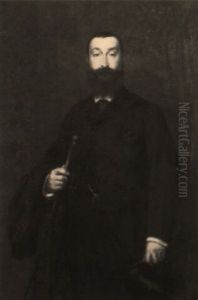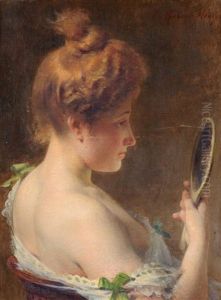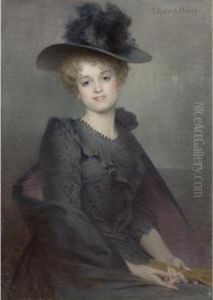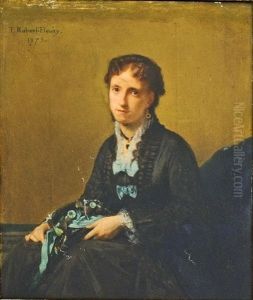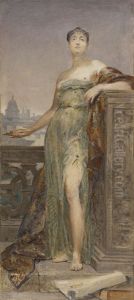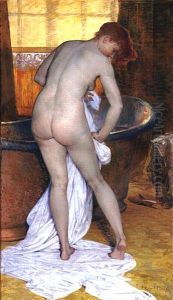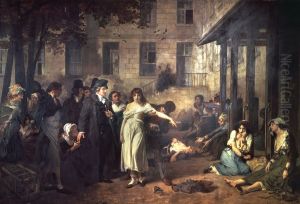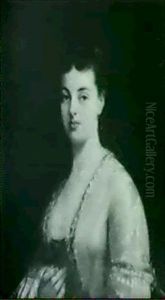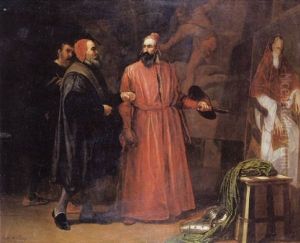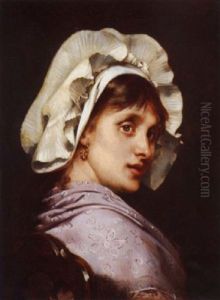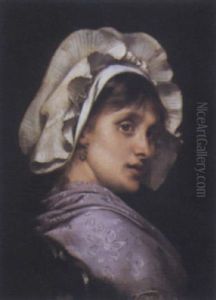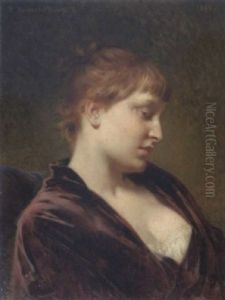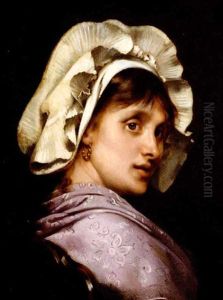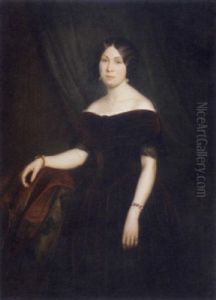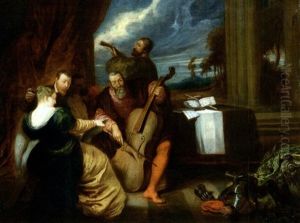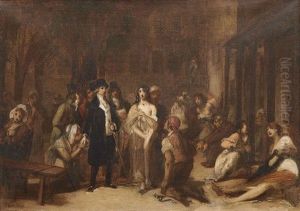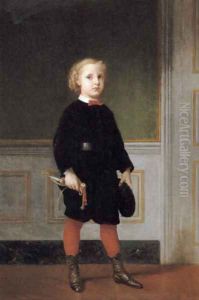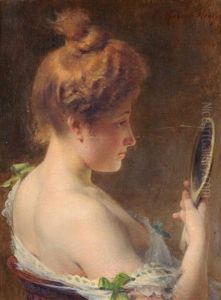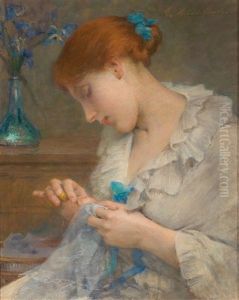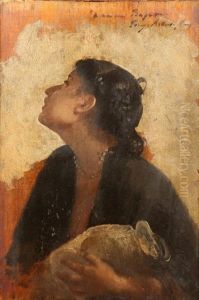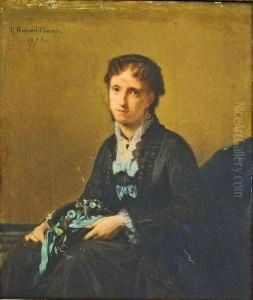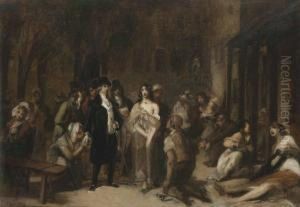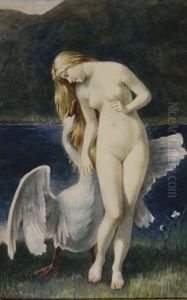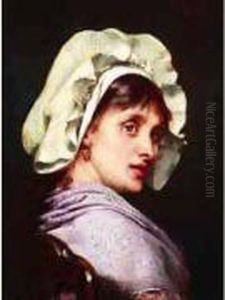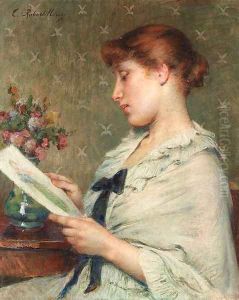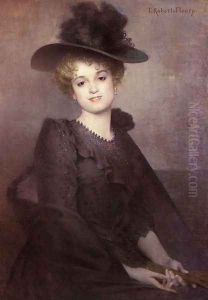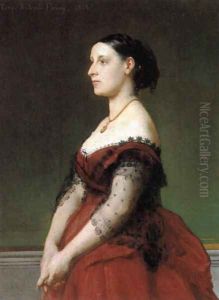Tony Robert-Fleury Paintings
Tony Robert-Fleury was a prominent French painter born on September 1, 1837, in Paris. He was the son of the painter Joseph-Nicolas Robert-Fleury, which provided him an intimate connection to the art world from a young age. Trained by his father and later by historical painter Léon Cogniet, Robert-Fleury quickly absorbed the academic principles of fine art that were prevalent in 19th-century France.
Robert-Fleury's works often delved into historical and grand genre subjects, reflecting the academic art tendencies of the time, which favored historical accuracy and classical ideals. He made his debut at the Paris Salon in 1866 and gained recognition for his historical paintings. One of his most famous works, 'Le dernier jour de Pompéi' (The Last Day of Pompeii), exhibited in 1869, depicts the catastrophic eruption of Mount Vesuvius in AD 79 and exemplifies his dramatic interpretation of historical events.
Throughout his career, Robert-Fleury held several prestigious positions. He was appointed as a professor at the Académie Julian in 1888, where he influenced a generation of artists, both French and international. His role as an educator was significant, as the Académie Julian was one of the few art schools in Paris at the time that accepted female students, thus contributing to the broader development of women artists during this period.
In addition to his teaching, Robert-Fleury's career was marked by various honors. He served as President of the Société des Artistes Français and was awarded the Legion of Honor in 1873. He was also a member of the jury for the Exposition Universelle, an international exposition held in Paris in 1889.
Tony Robert-Fleury passed away on December 8, 1911, leaving behind a legacy of work that captured the academic style and grandeur of the French Belle Époque. His paintings are held in numerous museum collections, including the Musée d'Orsay in Paris. His influence extended beyond his own works through the many students he taught, who carried elements of his style and teachings into their own diverse artistic practices.
